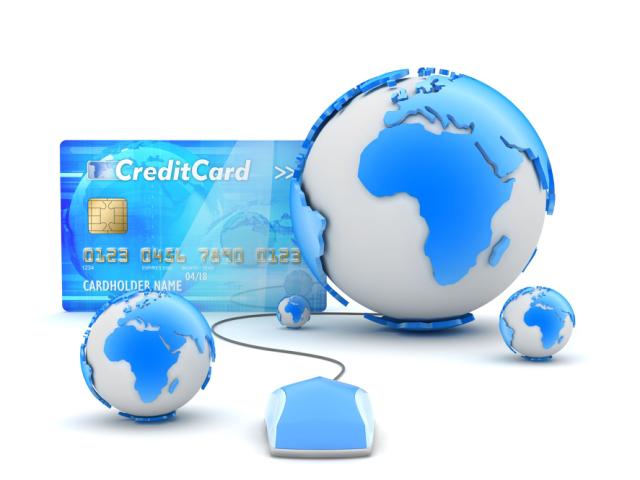Blog
Essential International Ecommerce Tips: Payments
DynamicWeb
Some economists say the world is flat. Other economists say the world is curved. But the one thing we should all agree on is that the world is buying and selling online.
Some economists say the world is flat. Other economists say the world is curved. But the one thing we should all agree on is that the world is buying and selling online. It’s not just America. Customers from countries all around the globe want to order the products they want from the comfort of their own offices, homes, and train rides.

The Lay of the Lands
Fortunately for global customers, international ecommerce is on the rise. While global ecommerce sales passed the $1.3 trillion mark last year, research from eMarketer forecasts that all the major markets will continue that growth into the future.
China tops the list for ecommerce market share, with the US as second place, and the UK as a distant third. But markets as diverse as Japan, France, Russia, South Korea, Brazil, and more are expected to grow. Also, as the access to fast internet speeds grows in the developing world, so does ecommerce.
Before you go diving into international waters (or even if you’ve already dipped your toe in,) it’s important to understand customer expectations. Here are a few tips for your cross-border ecommerce adventure.
Listing Prices
The most noticeable difference when shopping on an international ecommerce site, aside from a language barrier perhaps, is that the currency is completely different. Online shoppers are easily turned away if they believe they don’t have the ability to make a purchase. If you want to appeal to international customers, label each price in the local currency to assure customers that you are ready to accept their business.
Another tip when listing prices is to round your numbers. 32.86 units of the local currency immediately identifies you as a foreign entity, and it just doesn’t make for an aesthetically-pleasing price (even if it’s the accurate conversion.) Rounding that number to 35 units looks like you put thought and consideration into pricing for the local market.
Accepting Payments
Once the customer wants to make a payment in a foreign currency, your business needs a way to receive that payment. An International Merchant Account is a helpful option for international ecommerce. This account type, offered by both banks and payment-processing companies, includes automatic processing, tracking, and protection from fraud. These accounts work for a variety of credit cards and currencies. Direct wire transfers and letters of credit are also popular with B2B companies for international ecommerce.
Payment Methods
Because high quality web experiences determine whether or not you make the sale, it’s also important to consider how your international ecommerce customers prefer to make their payments. Research from Forrester reveals a wide variety of preferences. China favors their own Alipay system. German shoppers primarily want to use Paypal with online bank transfers as a close second. The UK prefers debit cards. The US and Japan both favor credit card payments. And while Brazil also prefers credit cards, their own Boleto Bancario payment method takes a close second.
When selling in African countries, many have their own unique payment methods as well. For example, Kenya uses mobile money accounts called M-Pesa while Nigeria uses the Interswitch Verve card. Regardless of which countries you expand into, you want to make your cross-border customers comfortable with handing over their hard-earned money.
Payments and More
In some ways, international ecommerce is no different than national ecommerce. Pricing and payment options should be clear and concise while a great customer experience remains paramount. That’s why Dynamicweb integrates with a number of international payment gateways.
Of course, juggling multiple markets with multiple products (some exclusive, of course) raises the complexity of your operation. For this, a little integration goes a long way. Get help from other systems and read our next blog post for more Essential International Ecommerce Tips on integration.